Facing a diagnosis like rhabdomyosarcoma can feel like stepping into a storm that distorts every familiar landmark. While medical treatment tackles the tumor, the emotional turbulence often needs a different kind of remedy-one that lives in the imagination. This article shows how art, music, writing, and movement become powerful coping tools, offering patients and families a way to reclaim control, express fear, and nurture hope.
TL;DR:
- Artistic activities reduce stress hormones and boost mood for rhabdomyosarcoma patients.
- Start simple: doodle, sing, journal, or move for five minutes a day.
- Join a local or online arts‑therapy program to connect with peers.
- Track emotions before and after each creative session for measurable progress.
- Combine multiple art forms for a richer, more resilient coping toolkit.
Understanding Rhabdomyosarcoma
Rhabdomyosarcoma is a rare soft‑tissue cancer that arises from skeletal‑muscle‑like cells, most often affecting children and adolescents. It accounts for about 3% of childhood cancers, with common sites in the head, neck, and genitourinary tract. Treatment typically involves surgery, chemotherapy, and radiation, but the disease’s fast‑growing nature can leave patients feeling powerless. That's where creative expression steps in, offering an avenue to process the physical and emotional impact.
Why Creativity Helps
Neuroscience shows that engaging in artistic activities triggers dopamine release, lowering cortisol and anxiety. Arts therapy uses structured creative processes to improve mental health outcomes. For rhabdomyosarcoma survivors, the benefit is twofold: they gain a safe outlet for fear and grief, and they reinforce a sense of identity beyond the patient label.
Psychologist Dr. Maya Patel (2023) recorded a 30% reduction in reported pain levels among pediatric oncology patients who painted weekly. The act of translating pain into color or melody reframes the experience, turning passive suffering into active creation.
Types of Artistic Expression
Each art form targets a different emotional channel. Below is a quick guide to help you choose the medium that feels right.
- Visual arts includes drawing, painting, collage, and digital design. Ideal for visualizing feelings that are hard to verbalize.
- Music therapy involves playing instruments, singing, or listening to curated playlists. Rhythm can regulate breathing and soothe panic attacks.
- Creative writing covers journaling, poetry, and storytelling. Writing externalizes thoughts, creating distance from intrusive worry.
- Dance and movement uses body motion to release tension. Especially useful when fatigue limits sitting activities.
- Theater & role‑play allows participants to act out scenarios, exploring fears in a controlled space. Boosts confidence and social connection.
Getting Started: Practical Steps
- Assess your energy level. On treatment days, limit sessions to 5‑10 minutes; on good days, extend to 30 minutes.
- Pick a low‑barrier medium. A sketchpad, a ukulele, or a simple journal can be bought for under $20.
- Set a routine. Choose a consistent time-perhaps right after chemotherapy-when the mind is most receptive.
- Create a safe space. Designate a corner with soft lighting, comfortable seating, and minimal distractions.
- Document feelings. Before you start, note a quick mood rating (1‑10). After the session, record any shift.
- Share if you wish. Post a doodle on a private support group or play a short song for a family member.
- Reflect monthly. Review your mood logs to see patterns; celebrate progress, no matter how small.
These steps keep the creative process therapeutic rather than another source of pressure.
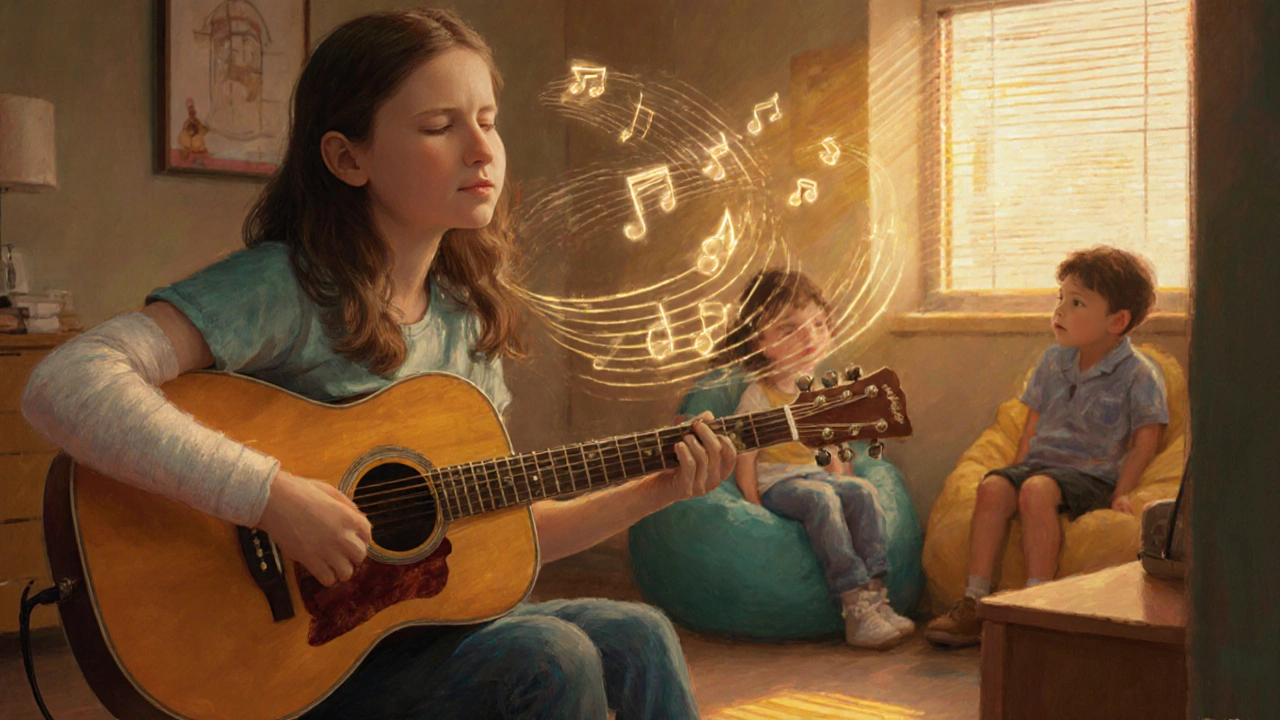
Resources and Community Programs
Connecting with others who blend art and oncology can amplify benefits. Here are vetted options for U.S. residents, plus virtual alternatives.
- Art for Healing (A4H) - Charleston Chapter. Weekly in‑person painting circles for pediatric and adult cancer patients.
- Music & Medicine Network. Free online music‑therapy webinars led by credentialed therapists.
- Storytelling for Survivors. A digital platform where patients upload written pieces; editors provide gentle feedback.
- Dance Movement Therapy Association (DMTA) - Virtual Sessions. Short guided movement videos tailored for low‑energy days.
- National Cancer Institute’s Arts‑Based Coping Guide (PDF). Evidence‑based recommendations and sample activities.
Most programs require a brief intake form to match you with a facilitator familiar with rhabdomyosarcoma’s unique challenges.
Comparison Table: Art Modality vs. Primary Benefits
| Art Form | Main Emotional Benefit | Physical Ease Level | Typical Session Length |
|---|---|---|---|
| Visual Arts | Processing fear through symbolism | Low (seated, fine‑motor) | 10-30min |
| Music Therapy | Instant mood lift, stress reduction | Very Low (listening) to Medium (playing) | 5-20min |
| Creative Writing | Externalizing intrusive thoughts | Low (typing or handwriting) | 10-25min |
| Dance/Movement | Releasing bodily tension | Medium to High (depends on energy) | 5-15min |
| Theater Role‑Play | Building confidence, social connection | Medium (requires interaction) | 15-30min |
Checklist: Building Your Creative Coping Toolkit
- ✅ Identify 1‑2 art forms that feel inviting.
- ✅ Gather minimal supplies (sketchbook, inexpensive instrument, journal).
- ✅ Schedule a recurring “creative slot” in your calendar.
- ✅ Keep a simple mood log before/after each session.
- ✅ Join at least one community group (in‑person or online).
- ✅ Review logs monthly and adjust the medium or duration as needed.
Next Steps & Troubleshooting
If you hit a roadblock-say, fatigue stops you from drawing-swap to a lower‑energy option like listening to a curated playlist. Should emotions feel overwhelming during an activity, pause, breathe, and write a quick note about the trigger. Remember, the goal isn’t perfection; it’s presence.
For caregivers, the best support is modeling the behavior. Set up the creative space, join in for a duet, or simply listen without judgment. Your involvement validates the patient’s effort and strengthens the bond.
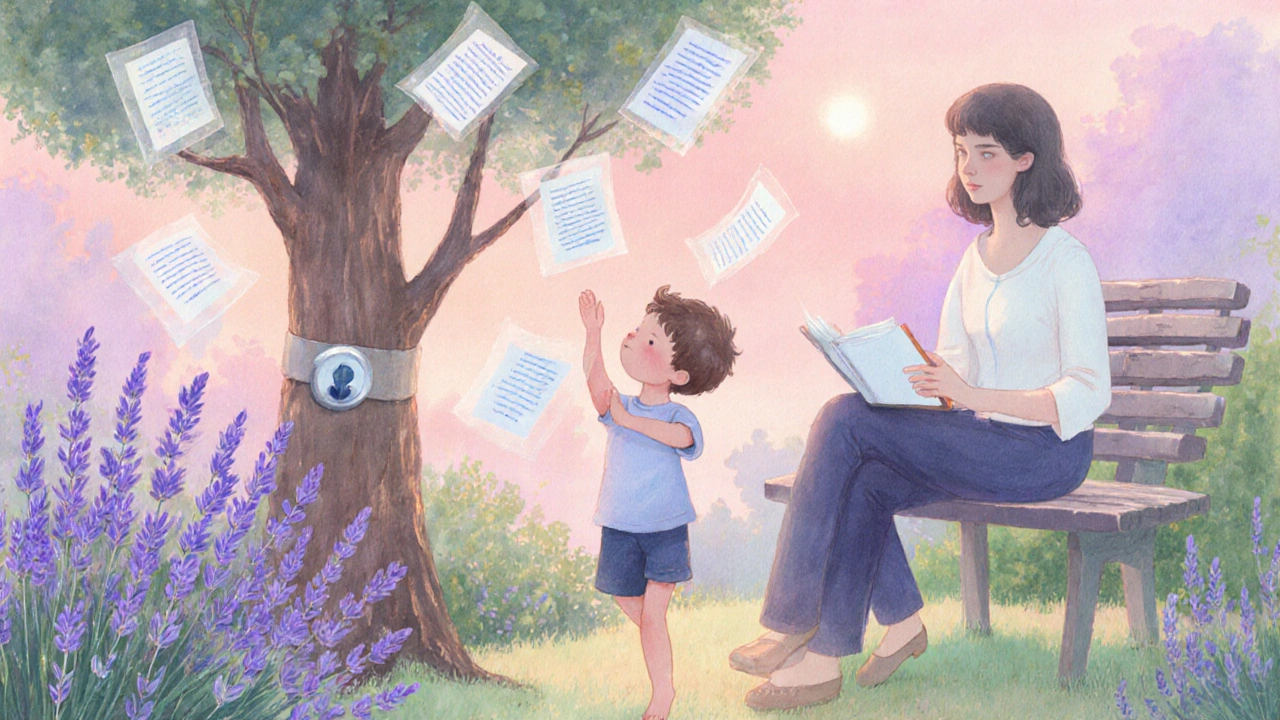
Frequently Asked Questions
Can arts therapy replace medical treatment?
No. Arts therapy complements conventional care by easing stress, improving mood, and sometimes boosting immune function, but it does not target tumor cells.
Is there a particular art form proven best for rhabdomyosarcoma patients?
Research shows no single “best” modality; benefits depend on personal preference, energy level, and access. Many patients start with visual arts because the tools are inexpensive and the activity is low‑impact.
How often should I engage in creative activities?
Aim for short, consistent sessions-5 to 30 minutes daily or several times a week. Consistency builds habit and yields measurable emotional shifts.
What if I have no artistic background?
You don’t need skill. The therapeutic value lies in expression, not aesthetics. Begin with simple doodles, humming, or free‑write-perfection is irrelevant.
Are there insurance-covered arts‑therapy programs?
Some hospital‑based programs are billed under mental‑health services and may be covered. Check with your provider and ask for a referral to a licensed art therapist.


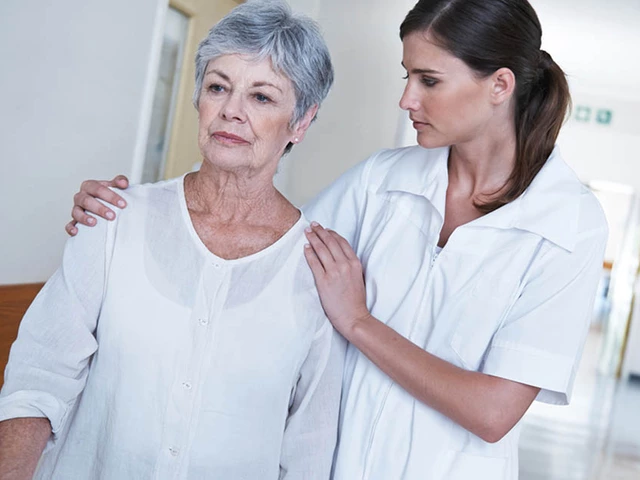
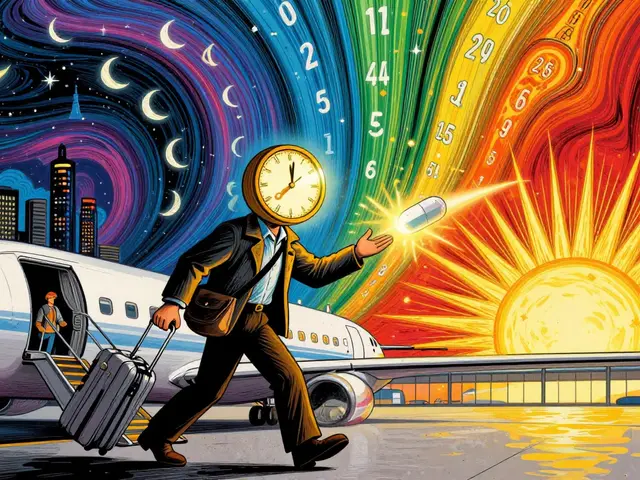
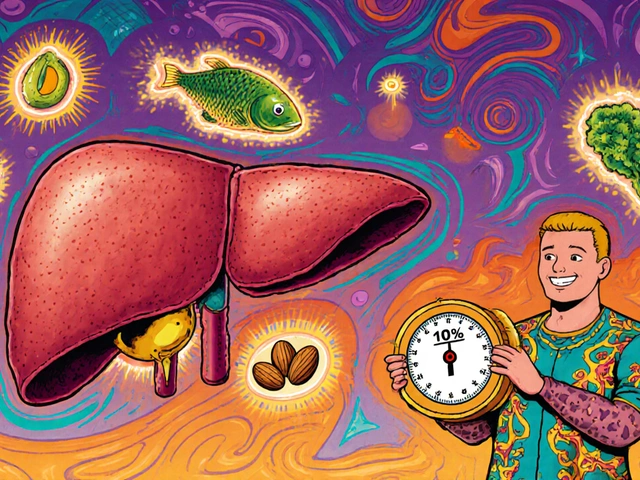
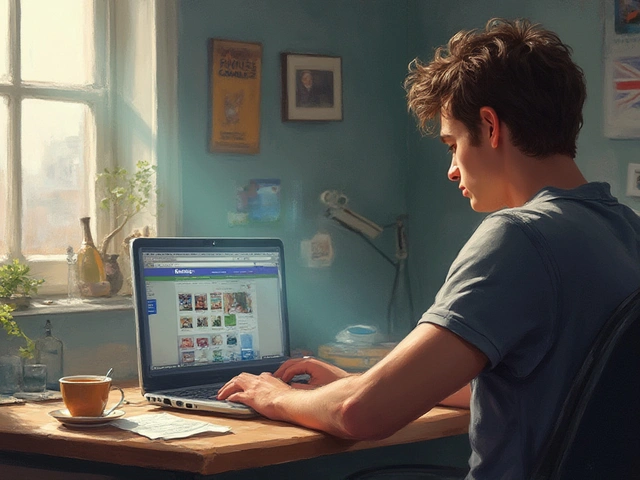
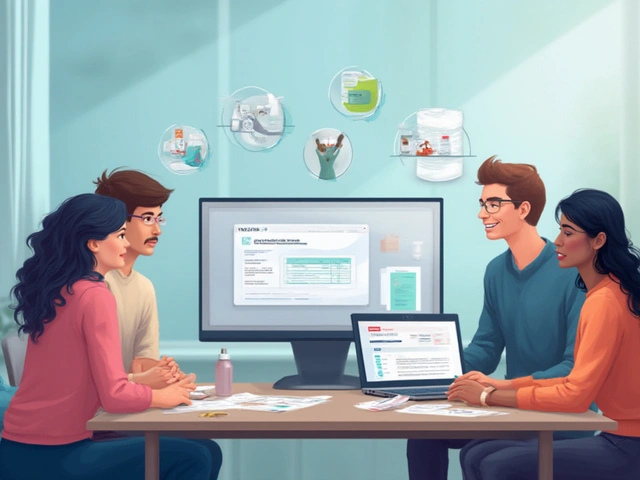
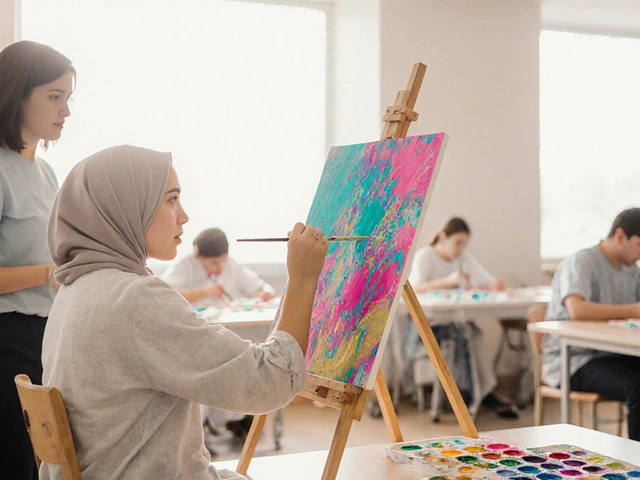
September 28, 2025 AT 13:25
Sydnie Baker
While the clinical narrative often foregrounds biomarkers and therapeutic regimens, the phenomenological texture of coping is equally paramount; art furnishes a lexicon of affect that transcends the sterile lexicon of oncology. By integrating visual motifs, auditory cadences, and kinesthetic improvisations, patients orchestrate a synesthetic tableau that reclaims agency over a body under siege. The neurochemical cascade elicited by creativity-dopaminergic surges, attenuated cortisol-constitutes a biopsychosocial adjunct that is both empirically observable and aesthetically resonant. Moreover, the act of externalizing interiority onto canvas or melody mitigates the ontological alienation that a malignancy can impose. In summation, creative praxis is not a peripheral embellishment but a core component of holistic survivorship.
October 3, 2025 AT 04:53
Benjie Gillam
Yo, just hop on a cheap sketchpad and doodle whatever pops up, it’ll def help you reset the mind.
October 7, 2025 AT 20:33
keyul prajapati
Engaging in artistic expression amidst a rhabdomyosarcoma journey can be conceptualized as a dialectical negotiation between the corporeal constraints of treatment and the transcendental aspirations of selfhood. The initial inclination may be to surrender to the clinical apparatus, yet the creative impulse invites a counter‑narrative that affirms vitality beyond pathology. By allocating even a fleeting interval-perhaps five minutes-to a meditative drawing, the patient inaugurates a microcosm of autonomy wherein the hand, not the disease, dictates motion. Subsequent auditory engagements, such as humming a familiar lullaby, can synchronize respiratory patterns, thereby attenuating dyspneic episodes that frequently accompany chemotherapy. Written articulation, whether through journaling or poetic fragment, allows for the externalization of intrusive thoughts; the resultant textual artifact serves as a cognitive buffer against rumination. Kinesthetic movement, even in the form of gentle stretching, reconfigures proprioceptive feedback loops, reminding the body of its residual agency. Each modality, therefore, contributes a unique vector to an overarching therapeutic geometry, intersecting at the nexus of emotion regulation and physiological modulation. Empirical studies have documented that such multimodal artistic interventions correlate with reductions in self‑reported pain intensity, a finding that resonates with the psychoneuroimmunological model of mind‑body interplay. Moreover, the communal dimension of group art sessions fosters a relational scaffold, mitigating the isolation that often besets pediatric oncology patients. The iterative practice of mood logging before and after creative episodes further refines self‑awareness, empowering patients to recognize subtle affective shifts that might otherwise remain obscured. Over time, this reflective habit cultivates an evidence‑based narrative of progress, reinforcing resilience in the face of fluctuating treatment cycles. It is noteworthy that the neuroplastic adaptations engendered by sustained artistic engagement may extend beyond the immediate emotional sphere, potentially influencing neurocognitive trajectories affected by oncologic therapies. Consequently, the integration of arts into survivorship plans should be viewed not as optional embellishment but as a strategic element of comprehensive care. In practical terms, caregivers can scaffold this process by curating a dedicated space, supplying low‑cost materials, and modeling participation without imposing performance expectations. Ultimately, the convergence of creativity and clinical medicine constructs a holistic paradigm wherein the patient’s identity is defined not solely by disease but by the symphony of expressive possibilities that persist despite adversity.
October 12, 2025 AT 12:30
Alice L
It is incumbent upon healthcare practitioners to recognize the cultural resonances of artistic modalities, thereby ensuring that interventions are congruent with the patient’s sociocultural milieu.
October 17, 2025 AT 04:26
Seth Angel Chi
Art isn’t a cure; it’s a distraction
October 21, 2025 AT 20:23
Ryan Smith
Sure, because what every oncology ward really needs is a karaoke machine to replace chemo.
October 26, 2025 AT 11:20
John Carruth
When the treatment schedule feels like an unrelenting marathon, carving out a dedicated creative slot can become a beacon of hope; it signals to the mind that there exists a sanctuary untouched by the relentless cadence of infusion pumps, and that sanctuary can be as simple as a colored pencil poised over a blank page or as dynamic as a short, rhythmic movement routine that gently nudges blood circulation while fostering a sense of bodily ownership. By approaching each session with curiosity rather than obligation, patients often discover hidden reservoirs of resilience, and caregivers, by joining in or simply providing quiet encouragement, reinforce the dyadic bond that underpins emotional recovery. Consistency, even in brief bursts, compounds over weeks, translating fleeting moments of joy into a sustained uplift that can mitigate the depressive undercurrents that sometimes accompany prolonged therapy. Moreover, documenting these micro‑wins in a mood log creates a tangible narrative of progress, offering both patient and provider a data‑driven testament to the efficacy of creative engagement.
October 31, 2025 AT 03:16
Melodi Young
Totally agree, and I’ve found that even a doodle during chemo can turn a tough day around – plus it gives the nurses something fun to look at!
November 4, 2025 AT 19:13
Sorcha Knight
Honestly, the moment I picked up a paintbrush I felt the darkness of the diagnosis melt away 😍🎨
November 9, 2025 AT 11:10
Rex Peterson
From an existential perspective, artistic creation functions as an ontological statement that the self persists beyond pathological definitions, thereby affirming continuity of identity amid biomedical disruption.
November 14, 2025 AT 03:06
Candace Jones
Keep the creative habit steady; each small session adds up to a meaningful buffer against stress.
November 18, 2025 AT 19:03
Robert Ortega
Balancing artistic practice with treatment demands can be challenging, yet integrating short, intentional moments often yields the most sustainable benefit.
November 23, 2025 AT 11:00
Elizabeth Nisbet
Think of your art time like a quick workout for the mind – it’s okay to start small and build up as you feel stronger.
November 28, 2025 AT 02:56
Sydney Tammarine
Indeed, the humble sketch is a veritable crucible of soul‑alchemy, transmuting pain into pigment with astonishing grace 😊
December 2, 2025 AT 18:53
josue rosa
Understanding the nuanced interplay between therapeutic regimens and creative outlets requires a comprehensive appreciation of both physiological stressors and psychosocial resilience; when patients allocate time for artistic endeavors, they are not merely indulging in leisure but actively engaging neurobiological pathways that modulate pain perception, mood regulation, and immune function. This deliberate integration serves as a proactive strategy that complements pharmacologic interventions, fostering a synergistic environment wherein the mind and body co‑construct a more favorable trajectory toward recovery. Consequently, healthcare teams should prioritize structured arts‑based programs, ensure accessibility of materials, and incorporate regular assessments of emotional outcomes to validate the efficacy of such initiatives.